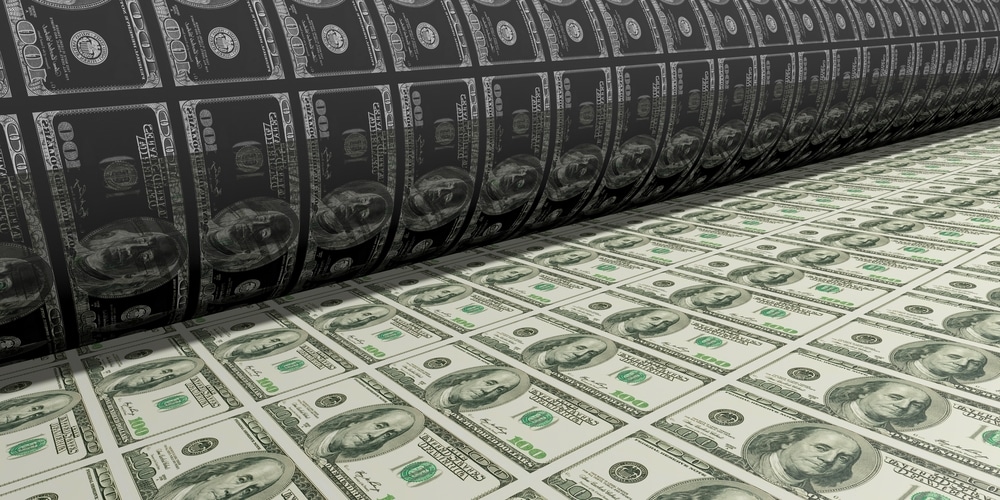
The US dollar’s position as the world’s leading currency appeared to be in permanent jeopardy on Friday after other currencies moved to mop up demand – which, on the whole, moved away from the greenback.
The greenback has previously been in an attractive place for currency market investors, many of whom were attracted to it because of its high interest rates.
However, a meeting of the US Federal Reserve earlier this week – which was called on an urgent basis due to the outbreak of the new coronavirus – has led to many traders turning away from the dollar.
The rate was brought down by 0.5% on that occasion.
The decline in demand for the US currency has been fuelled by a sense that there may be another significant rate cut on the way later in the month – perhaps even one of a further 50 basis points, which is equal to another 0.5%.
In the Federal Reserve fund futures market, for example, over 80 basis points of more rate cuts have been priced in for the remainder of 2020.
The single European currency has been a big winner in the face of the dollar’s fall from grace.
It was spotted at $1.1226 in this pair on Friday, which represented a rise of almost an entire percentage point over the course of last night.
Over the course of the whole week, it has risen by nearly 2%, which is its biggest rise since June of 2017.
Against the safe haven Japanese yen, the dollar was down to its worst performance in half a year.
It was seen at 105.96 at one point, which followed a loss of 1.2% over the course of the night.
In its pair with the Swiss franc, which is also designated as a so-called safe haven, its weekly drop at this stage was registered at two whole percentage points.
It was seen at 0.9443 at this stage.
However, it was the surging performance of the euro in particular which was striking.
It led the forex press to start designating that currency as one with safe haven characteristics – a title which had previously been reserved for the Swiss franc and Japanese yen in particular.
It was flagged, for example, that the euro is backed by external surpluses.
It is important to note that the dollar did not suffer from problems everywhere.
In its pairs against the Antipodean currencies like the New Zealand and Australian dollars, for example, it managed to hold firm.
In its pair with the Canadian dollar, the same thing happened.
This suggested that currencies which are highly exposed to commodity trading or trading with China are still volatile – and may still perceive the dollar as the place to go.
The dollar will now face a series of economic data releases this afternoon.
Average hourly earnings data for February, will be out at 1:.30pm GMT.
And overall unemployment rate figures for the same month, plus nonfarm payrolls, will be out then too.
 Between 74-89% of CFD traders lose
Between 74-89% of CFD traders lose  Your capital is at risk
Your capital is at risk  Your capital is at risk
Your capital is at risk  Your capital is at risk
Your capital is at risk